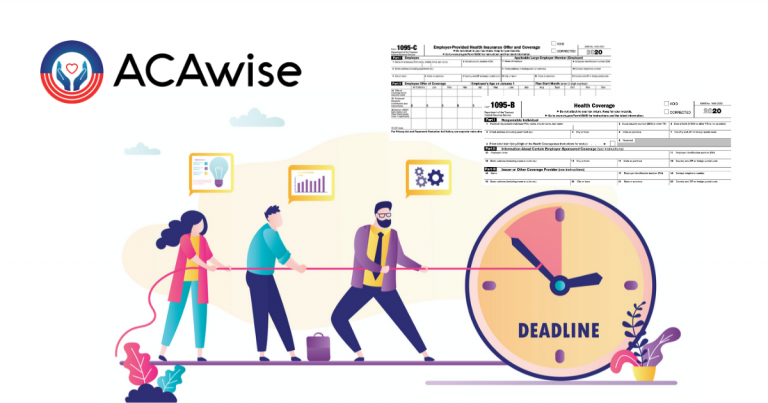Estimated reading time: 7 minute(s)

We are down to the wire when it comes to ACA reporting for the 2020 tax year. For those of you who are unsure of your official employee count, or are convinced you are not required to file ACA forms this year. It is imperative that you check the number of your full-time and full-time equivalent employees.
The key to understanding the determining if your business is an Applicable Large Employer, is understanding that your number of part time employees is factored into this total count.
The following are key differences between full-time and full-time equivalent employees.
Additional Information on Applicable Large Employers
The IRS defines an Applicable Large Employer as one having 50 or full-time and/or full-time equivalent employees. ALEs must offer health insurance to at least 95% of their full-time employees health insurance coverage that meets the standards of quality and affordability required by the Affordable Care Act (ACA). ALEs must provide proof that they are meeting these requirements by reporting their employees’ coverage information to the IRS each year.
What does the IRS consider a Full-time Employee?
Under the Affordable Care Act, a full-time employee is defined as working 30 hours per week or a total of 130 hours every month.
What does the IRS consider a Full-time Equivalent Employee?
Full-time equivalents are a combination of your part-time employees. When the number of hours they work is calculated, it equals the hours of a full-time employee.
For example, 2 part-time employees that work 15 hours per week and a combined total of 130 hours per month, together they are the equivalent of a full-time employee.
These part-time employees are not eligible for an offer of health insurance coverage, however they are counted when determining the final employee count, and essentially whether your business is an ALE.
Defining Seasonal Workers
Seasonal workers are confusing to many employers. They may work full-time, but only for a brief period of time.
Many businesses employ the help of seasonal workers during their busy seasons. These employees don’t count towards an employer’s ALE status, unless they were employed for more than 120 days.
Check out our Free ALE Status Calculator!
Our team of experts are here to help you determine your ALE status and offer you flexible solutions if you are a mandated reporter.
You can use our ALE Status Calculator to easily determine your total employee count. This simple and secure tool is just another way that our team helps simplify the ACA compliance process!
To learn more about our ACA reporting services, click here.



Leave a Comment